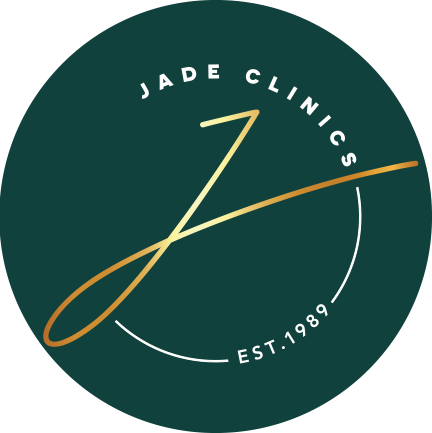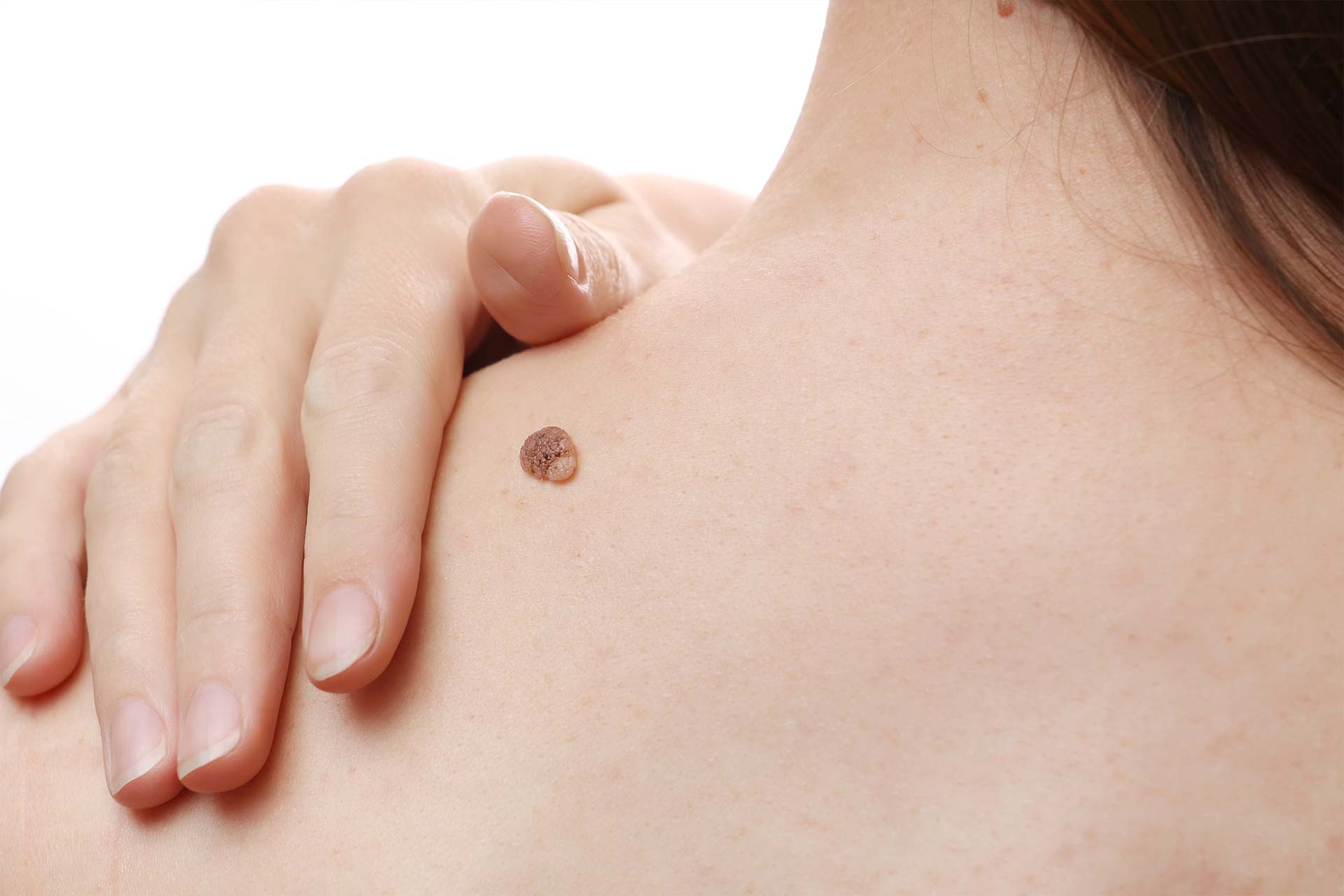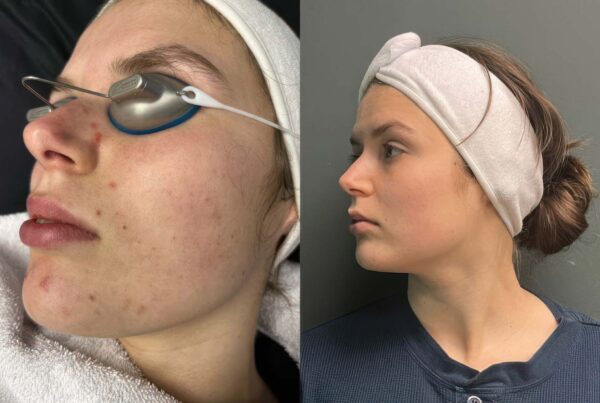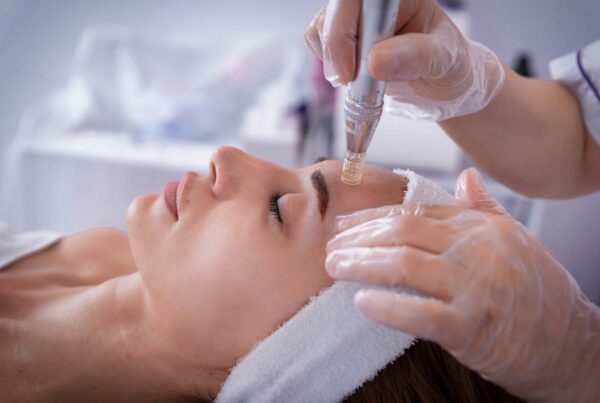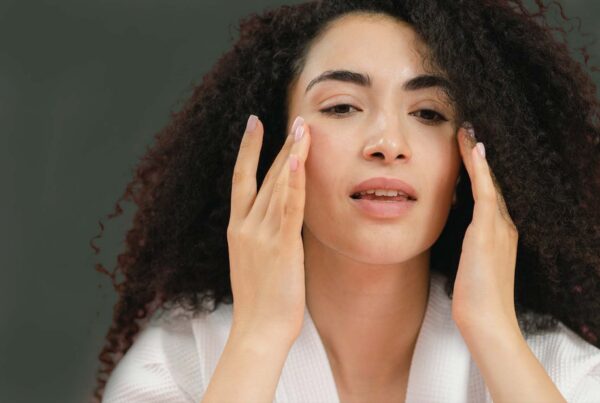Warts aren’t the first thing that comes to mind when we talk about skin infections, but they are a common occurrence, especially among children and teenagers. Up to 33% of kids and teens are estimated to have skin warts. Though they are considerably less common in adults, the potential is still there.
The prevalence of skin warts, coupled with their unsightly appearance, contagious nature, and the discomfort they may cause, make them a significant skincare concern, despite them being harmless on their own. But what causes them? And how are they treated? Read on to find out!
What Causes Skin Warts?
It may come as a surprise to many, but the culprit behind what often look like tiny raised lumps on the skin is a virus. It’s called human papillomavirus or HPV, and there are more than 100 types of it.
HPV viruses are contagious and can spread through skin contact and contaminated objects. While anyone can get infected with an HPV virus anywhere, some people carry a greater risk. These include people who:
- Often use communal showers
- Have atopic diseases
- Have a weakened or compromised immune system
- Handle raw meat on a regular basis, such as chefs or those working at slaughterhouses or butcher shops
- Have people around with warts, such as family members, friends, colleagues, and classmates
When someone catches an HPV virus that causes warts, it may trigger abnormal cell growth on the site of infection. Fortunately, this abnormal cell growth doesn’t carry any health risks. These warts are benign and do not even carry the risk of turning into cancer, which is why they can be left without treatment. The main concern for most people is the visual appearance on the skin.
How are Skin Warts Treated?
Warts do not necessarily need to be treated. Most often than not, they go away on their own. This, however, can take anywhere from a few weeks and months to years.
For this reason, many people choose to get their warts removed.
There are several treatments available for warts. The most commonly used ones include:
- Cryotherapy – The procedure involves freezing the wart with liquid nitrogen. This destroys abnormal skin cells and forms a blister under the wart. When it’s all dead, the doctor cuts the wart off.
- Salicylic Acid Treatment – This wart removal method involves applying a salicylic acid solution to the wart multiple times a day for several weeks to dissolve it.
- Laser Treatment – Targeted laser therapies are also increasingly becoming popular for wart removal. But it can cause scarring.
- Electrocautery – This wart treatment combines electrosurgery and curettage and involves destroying the unwanted cell growth with heat before removing it with a sharp tool. Though it may seem more complex than other wart treatments, it is more effective and less time-consuming.
Electrocautery, known as Skin Revision, also doesn’t cause any harm to healthy tissues and leaves no scars. No wonder it is often labeled as the best wart treatment.
Since we at Jade Clinics are committed to providing the best treatments for your aesthetic concerns, Electrocautery is our choice of treatment for warts. Get in touch with us to schedule an appointment and get rid of that unsightly lump on your skin in no time.
